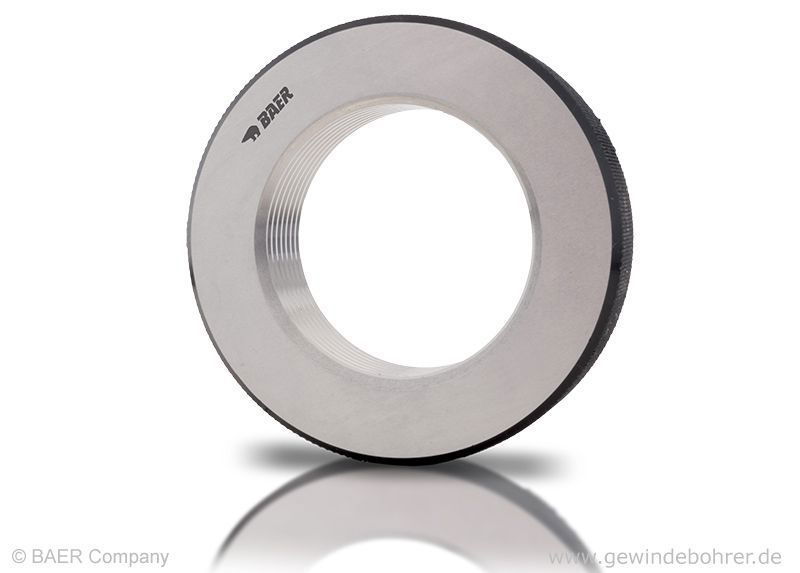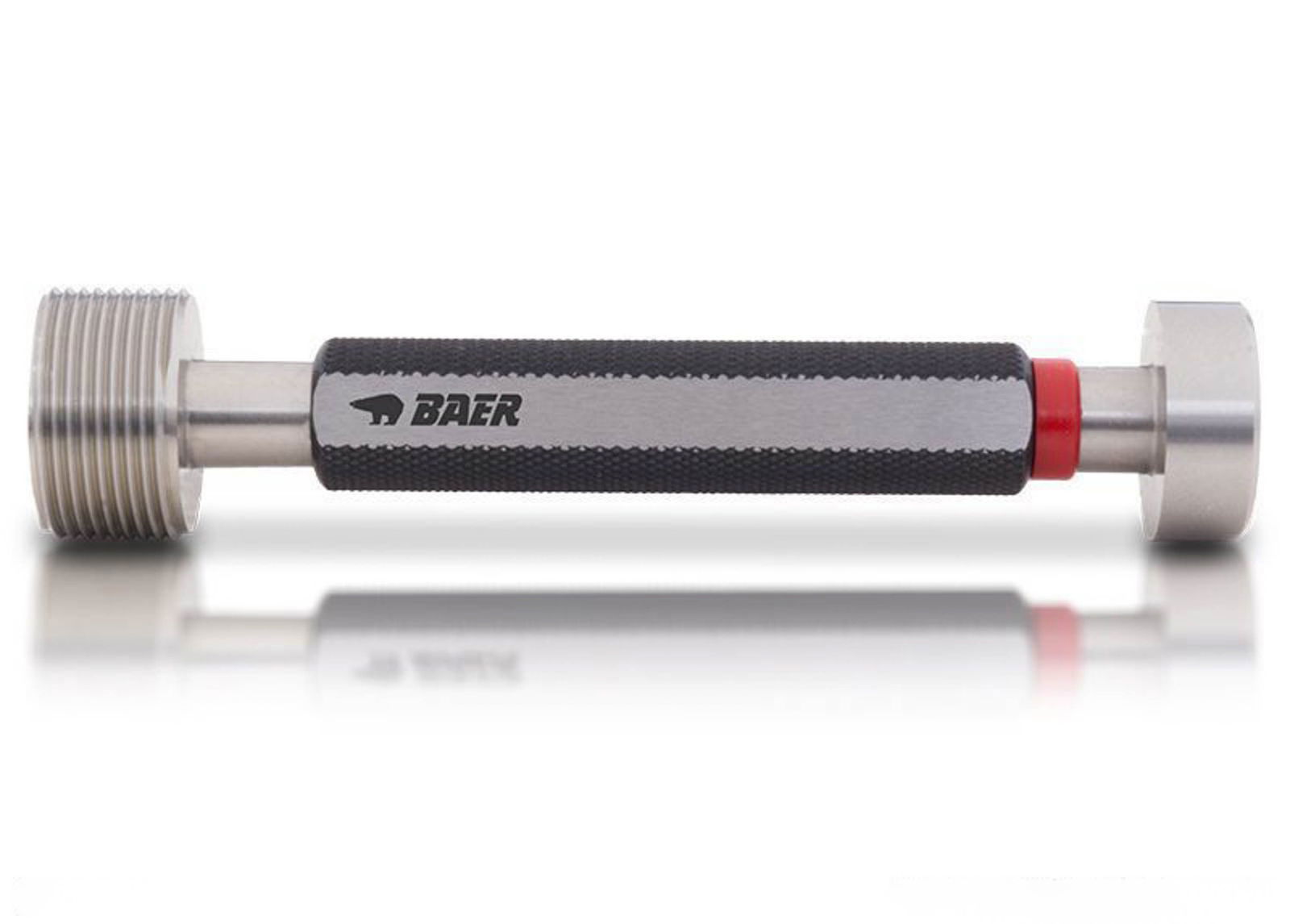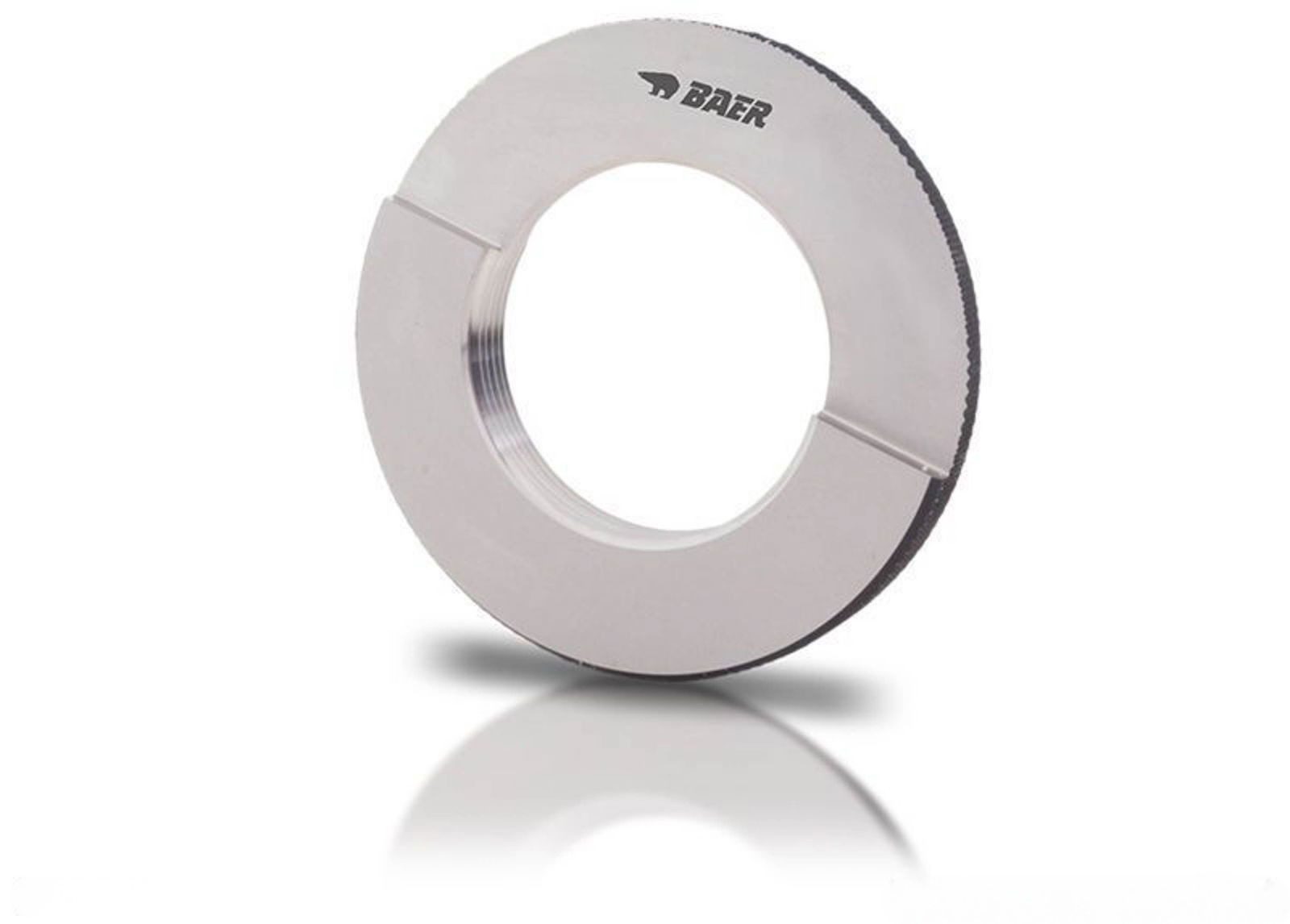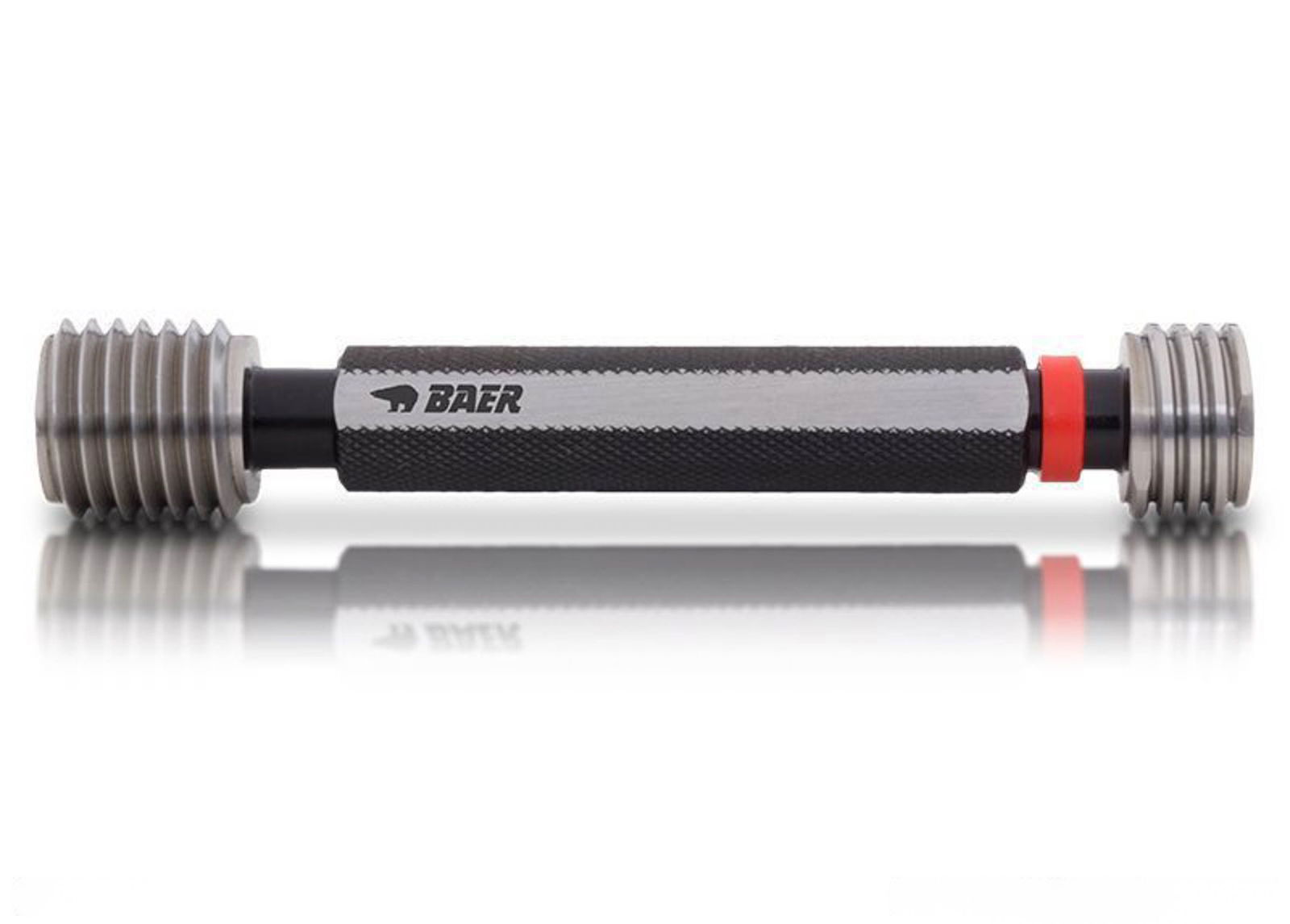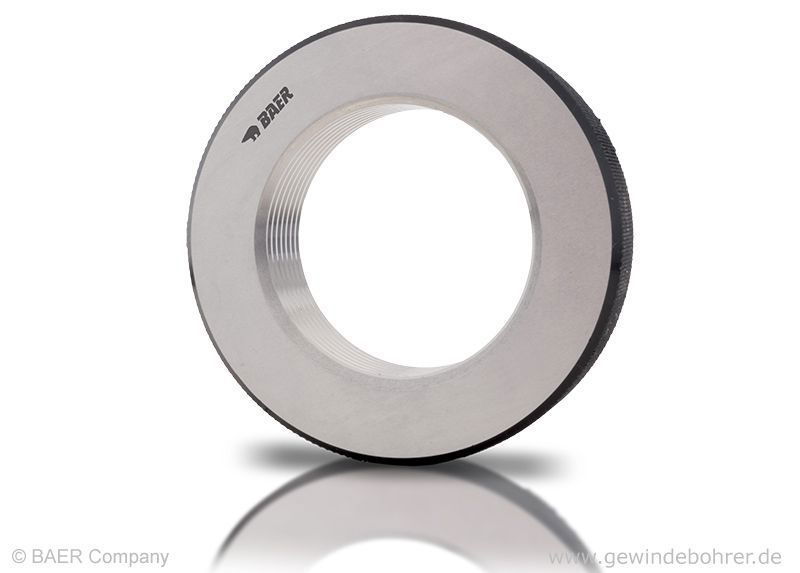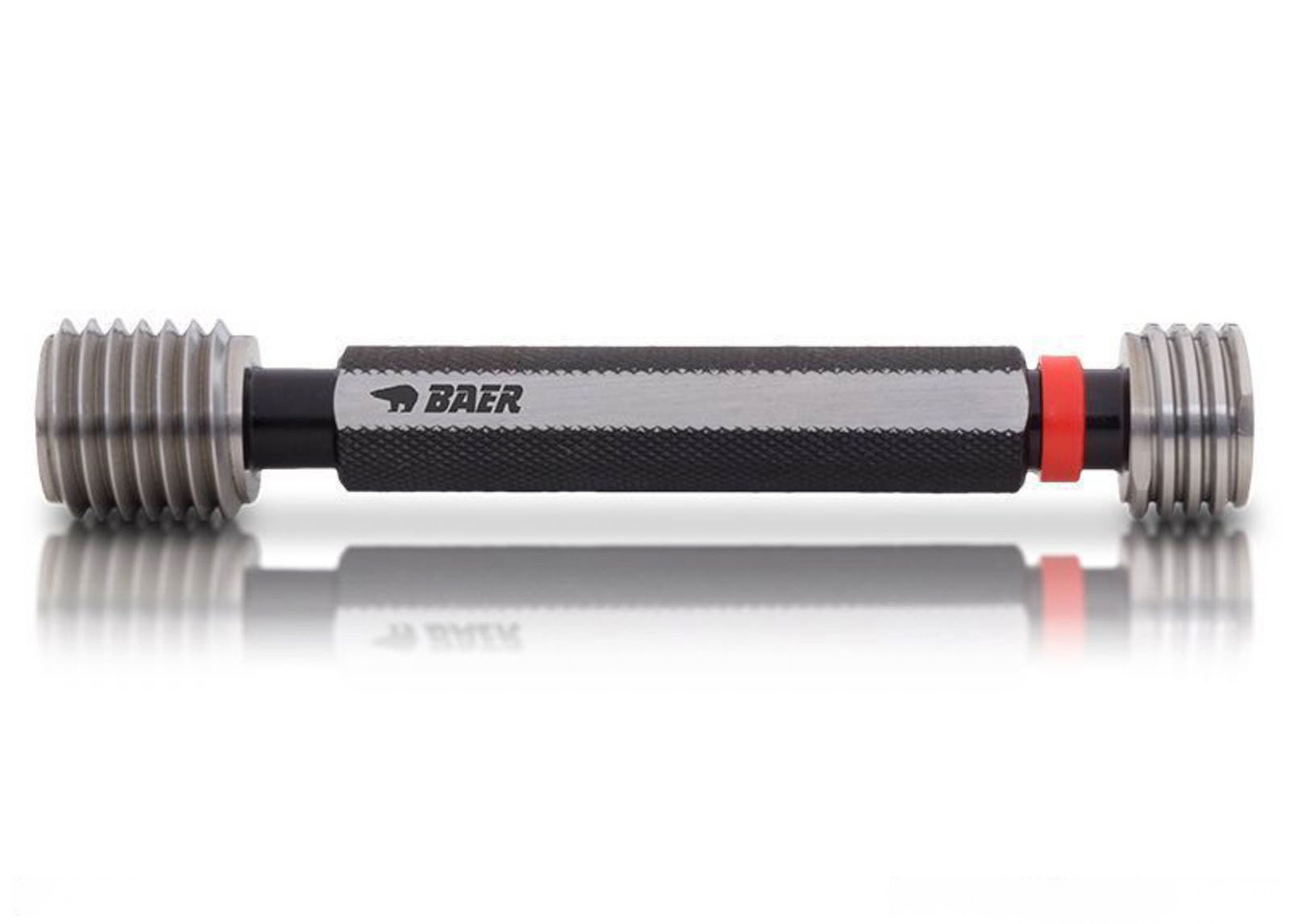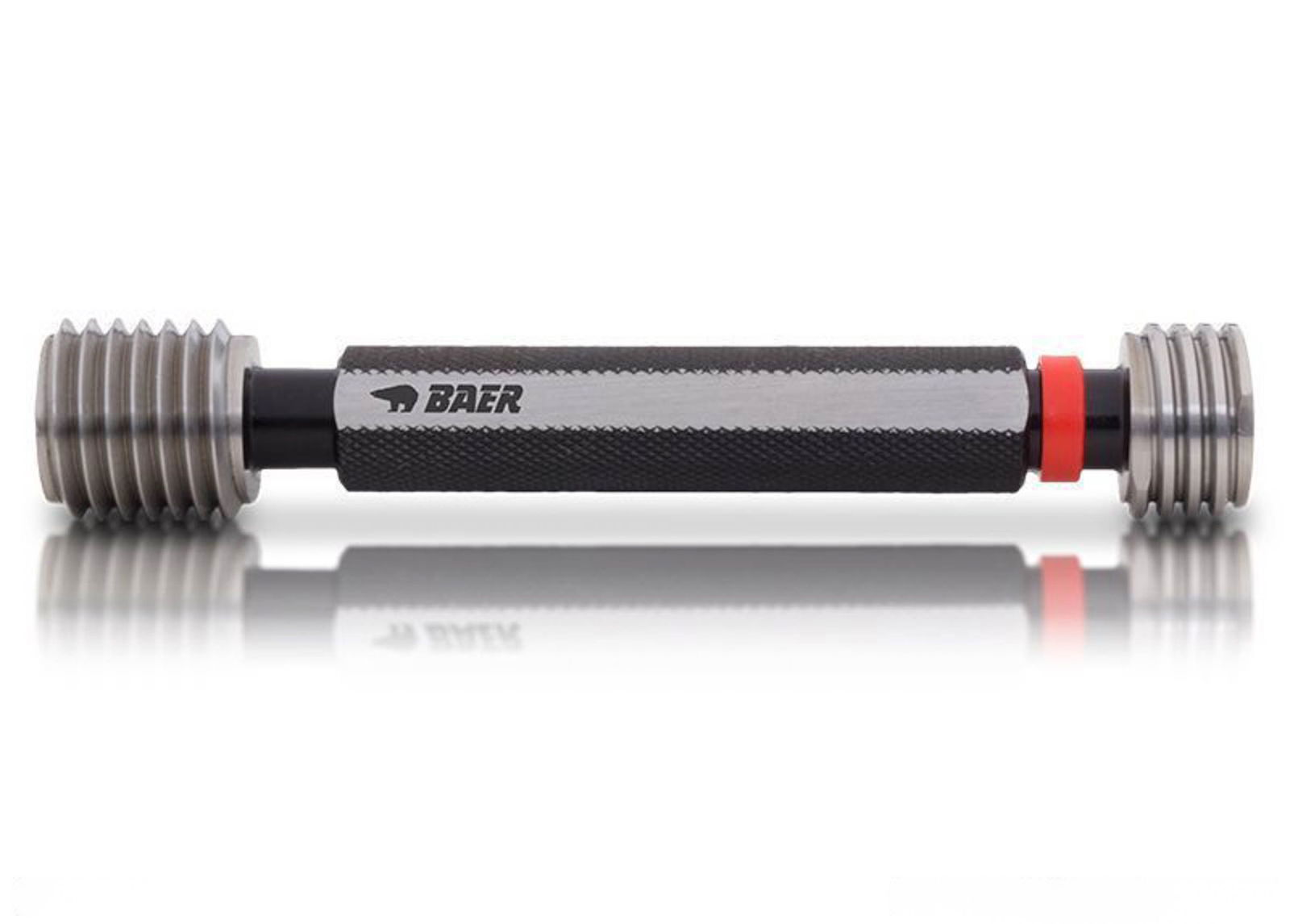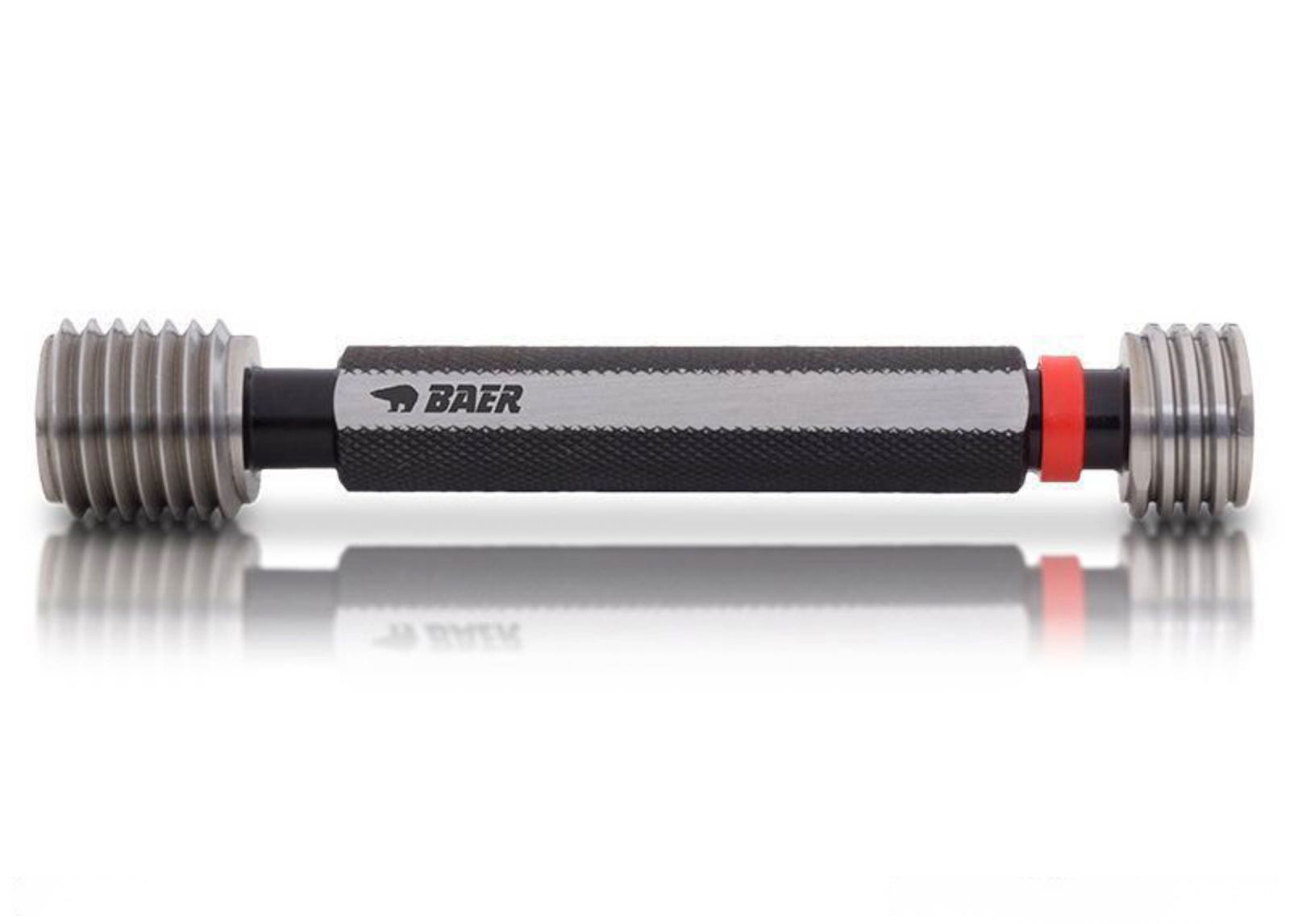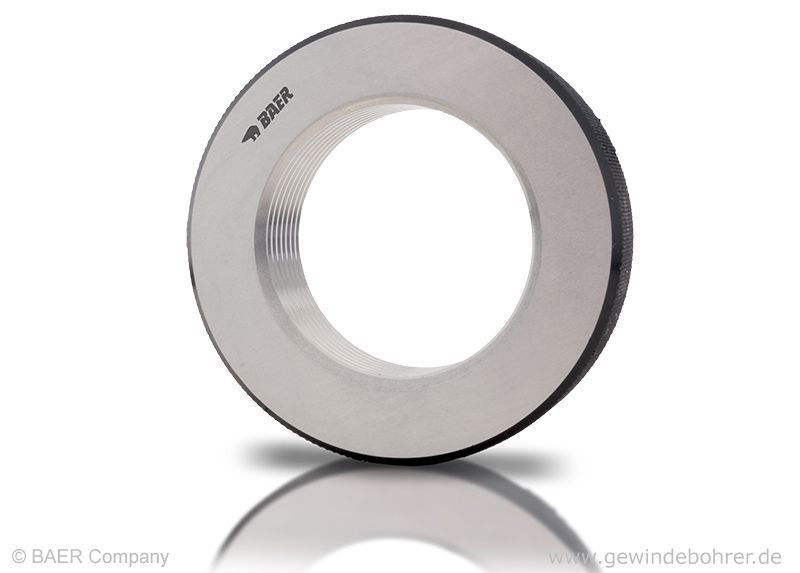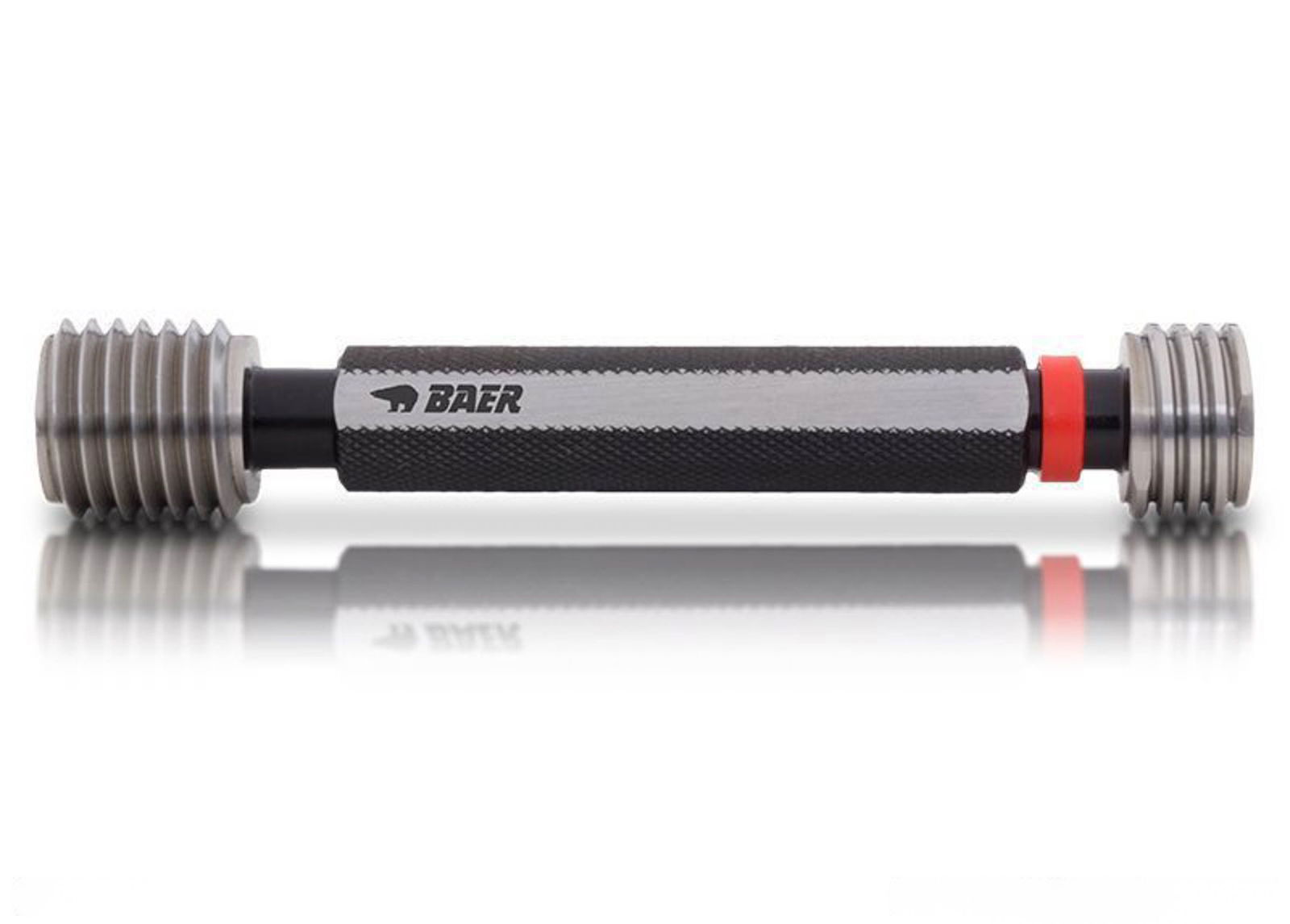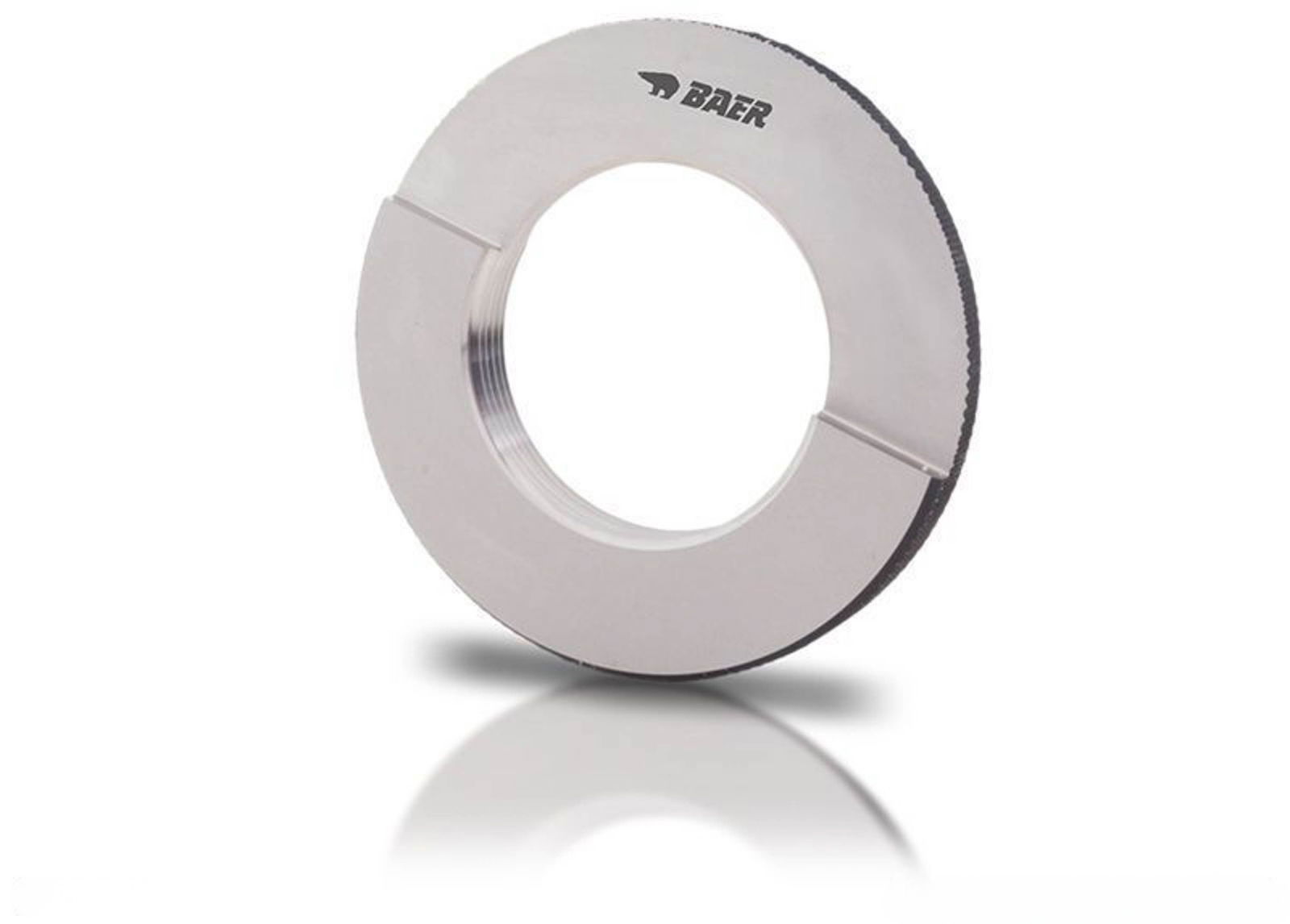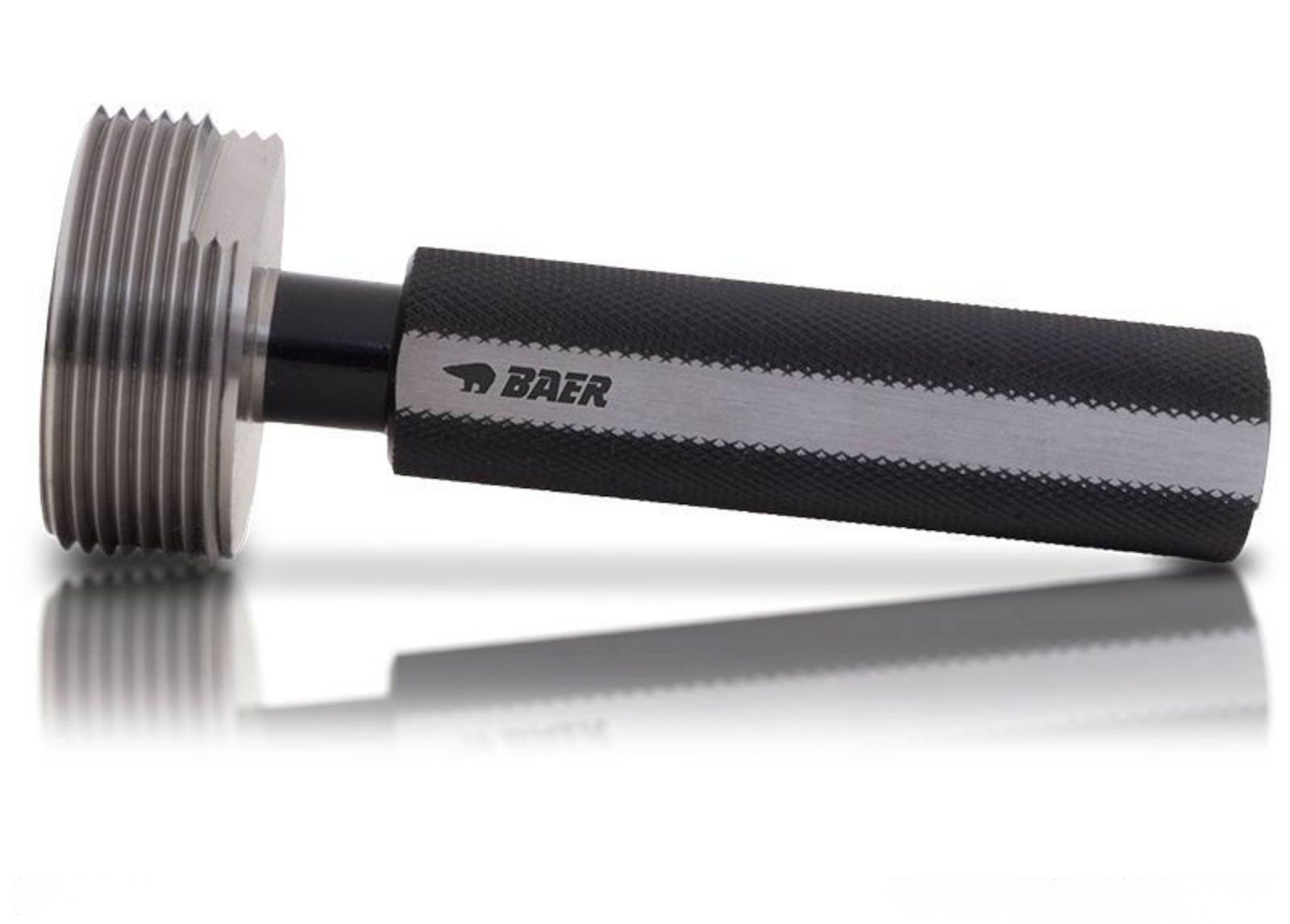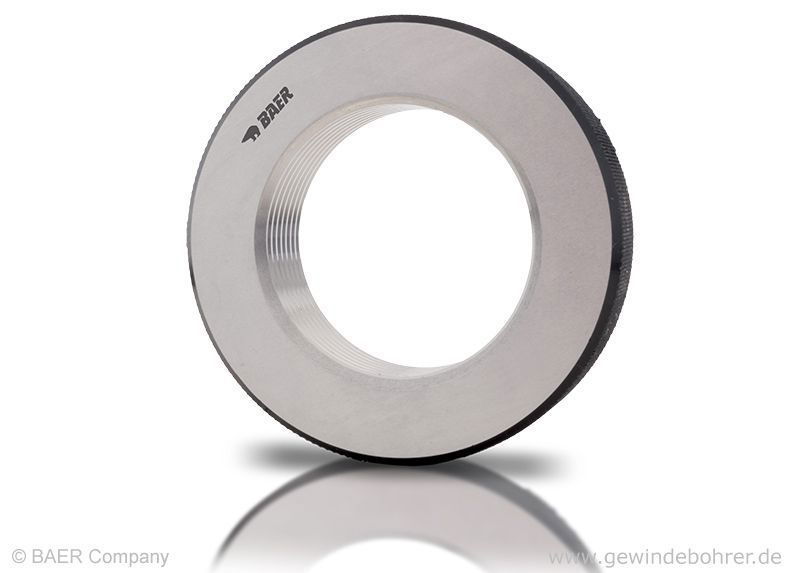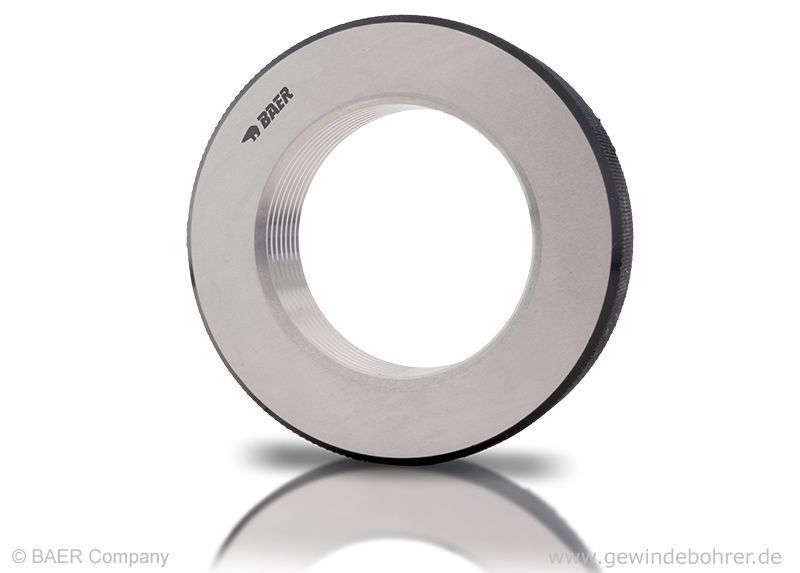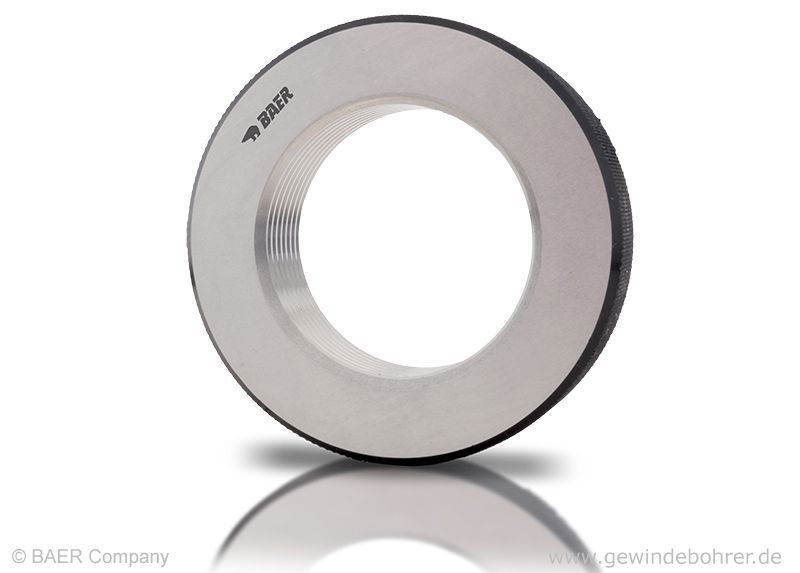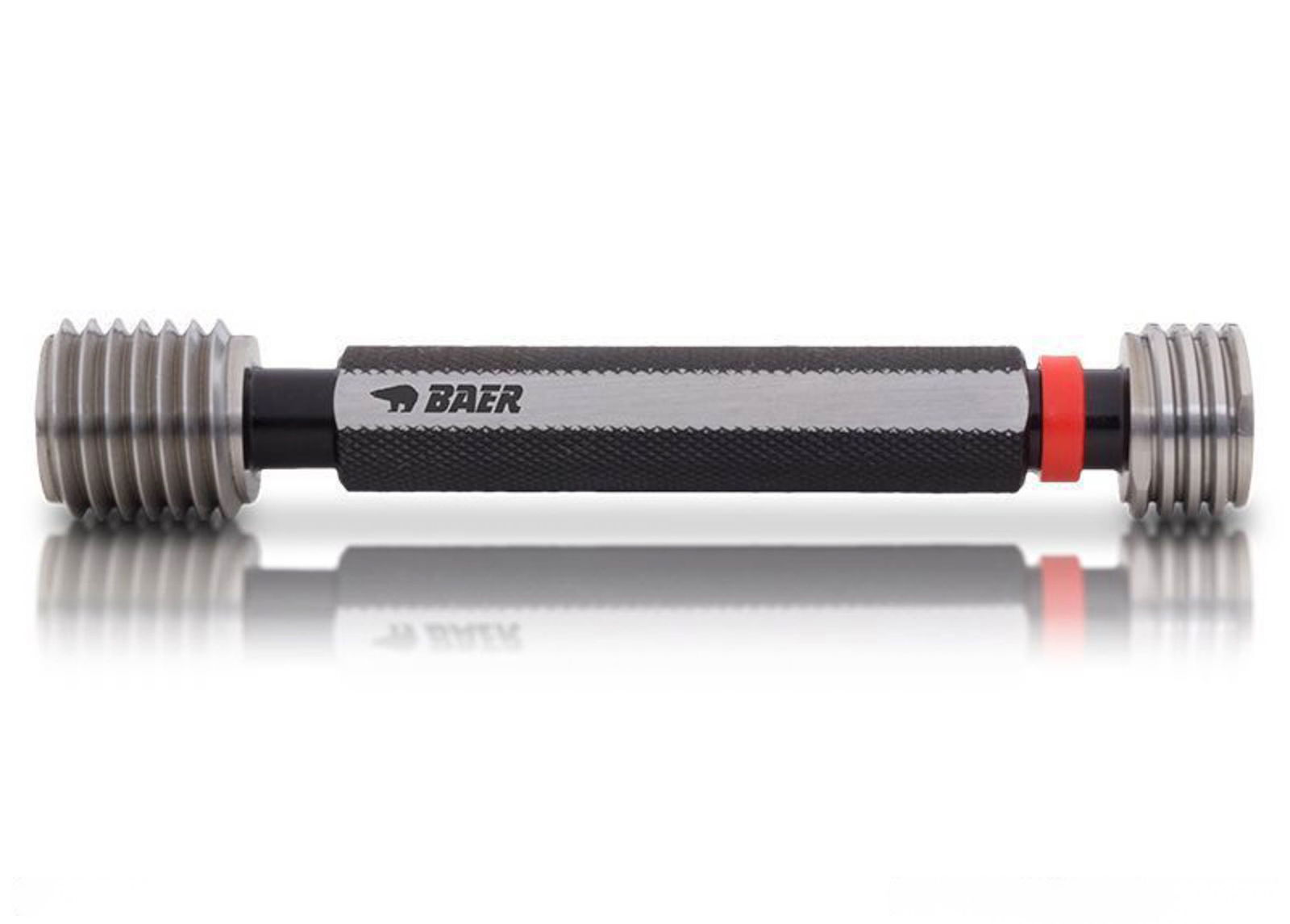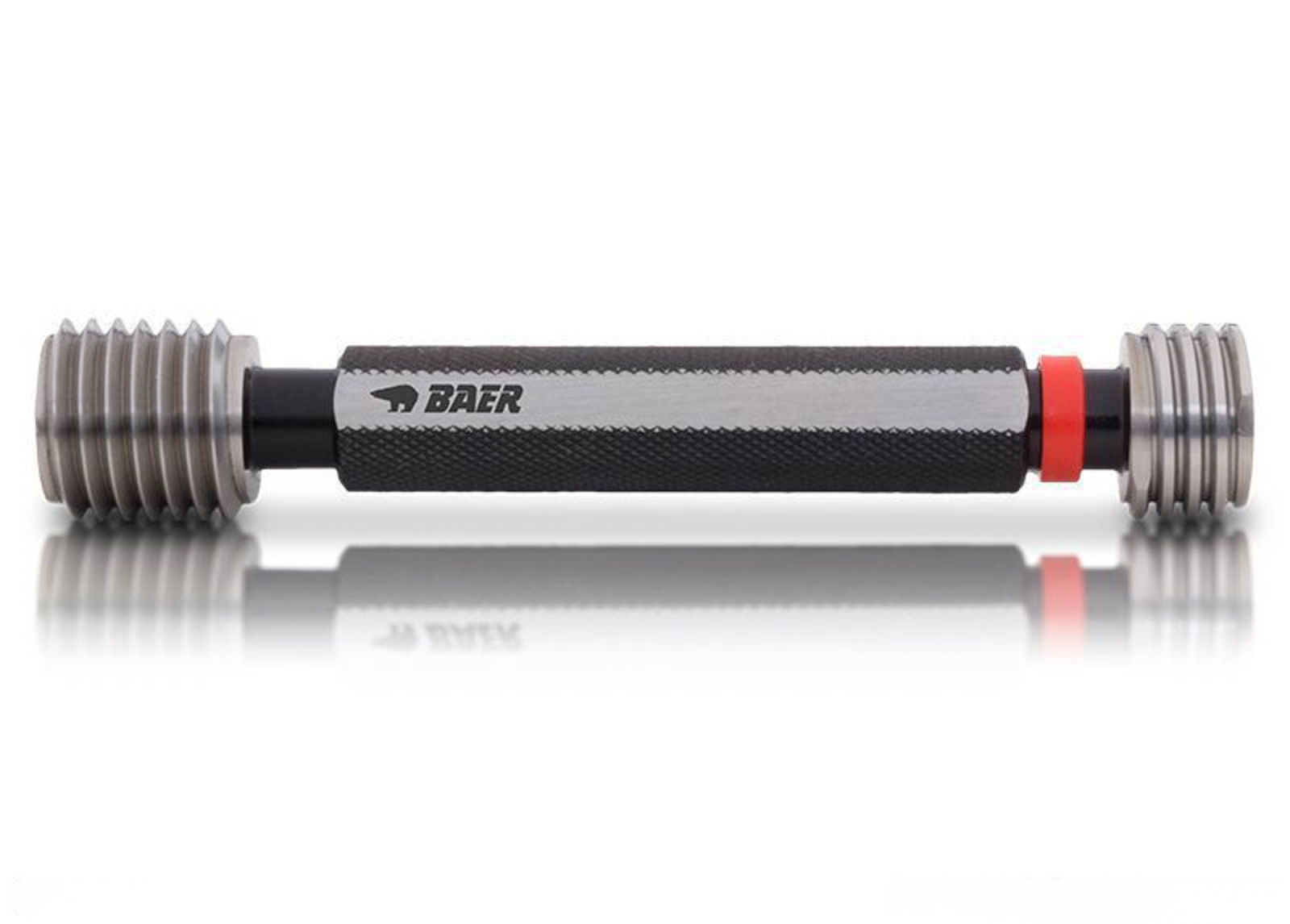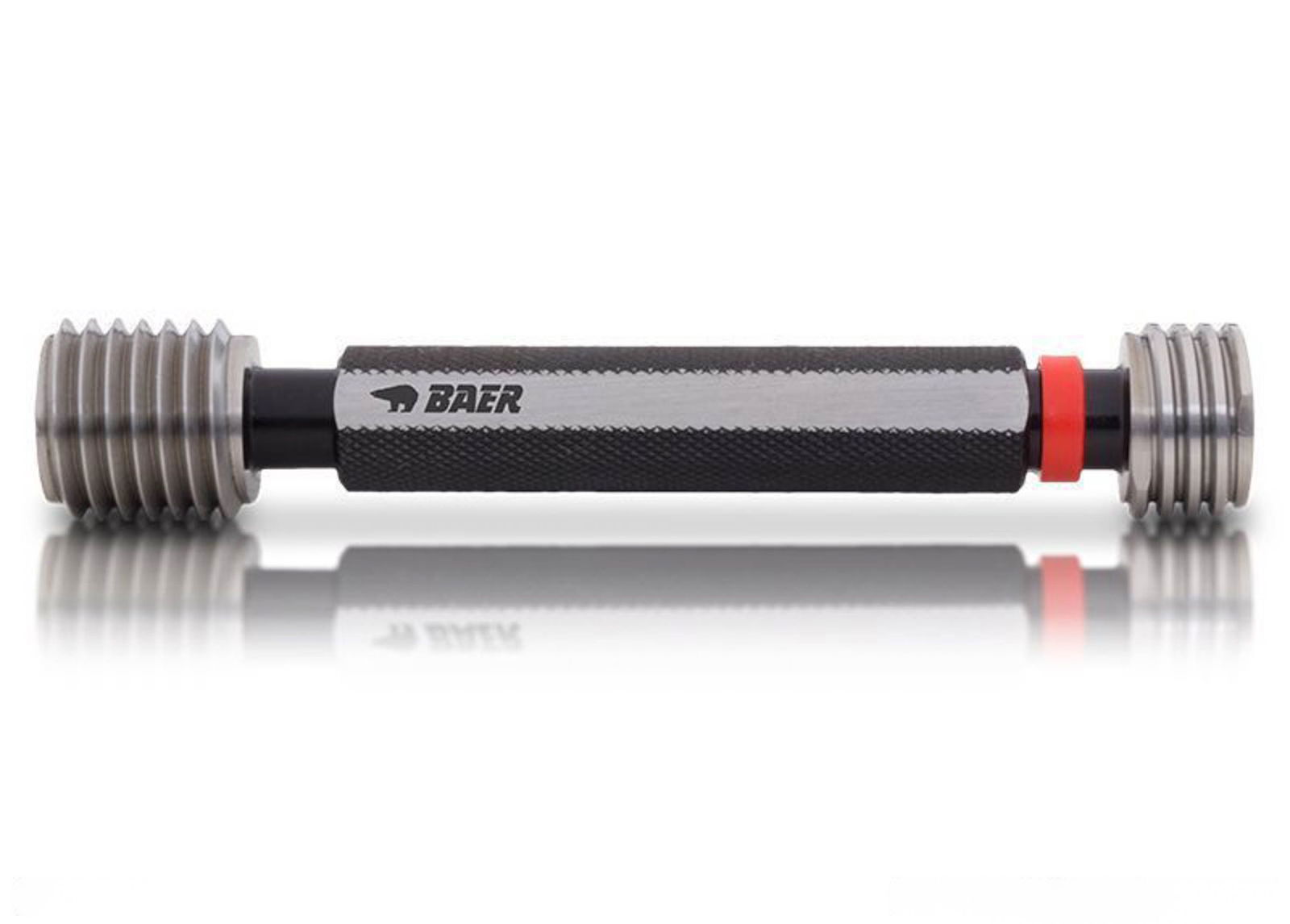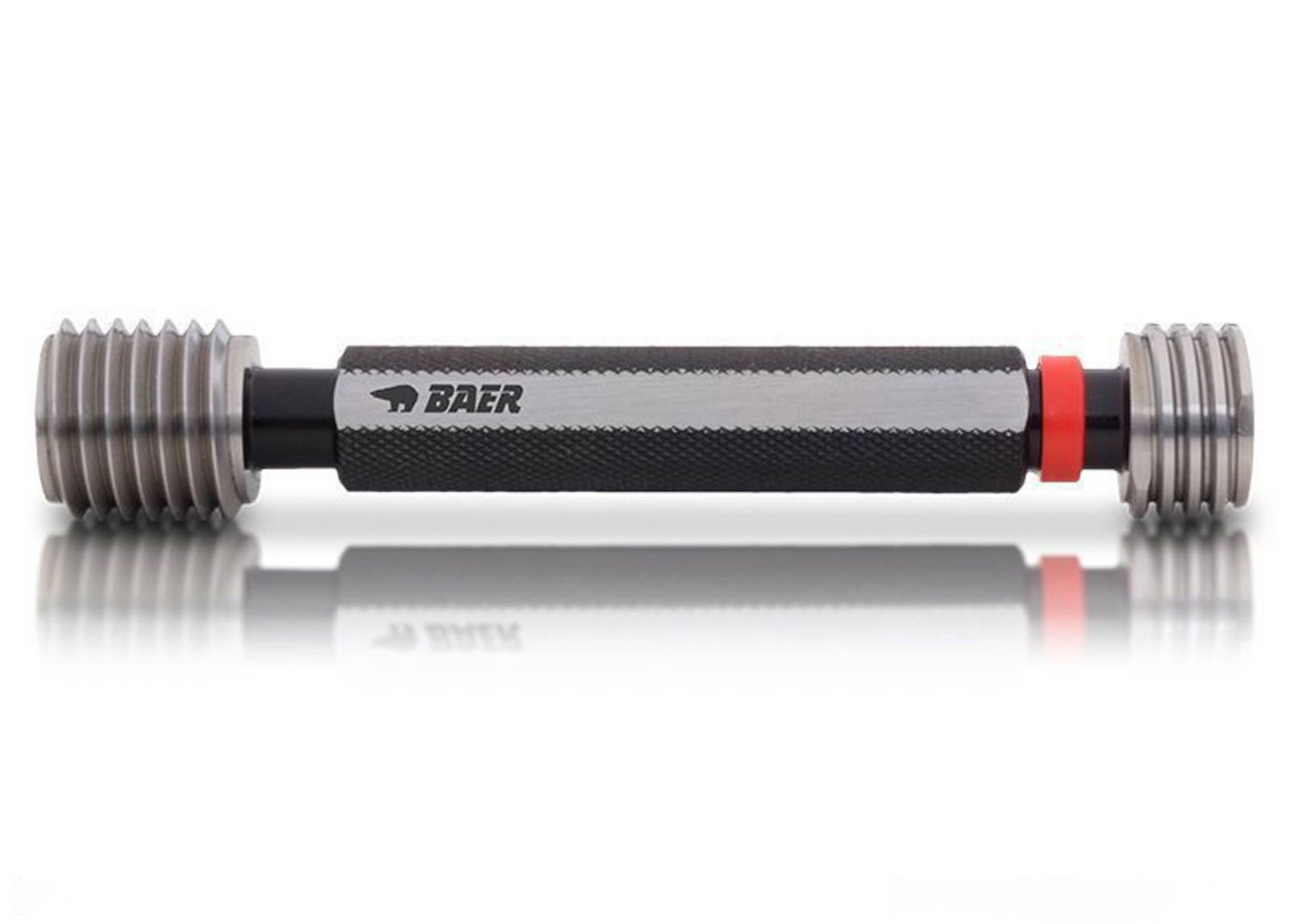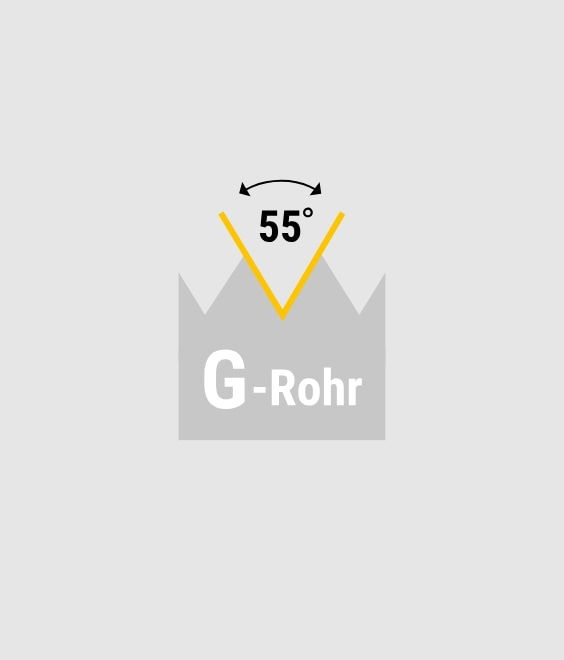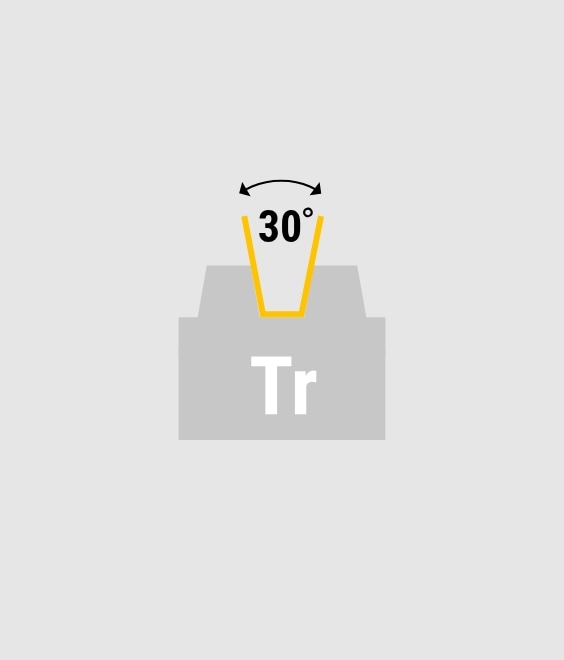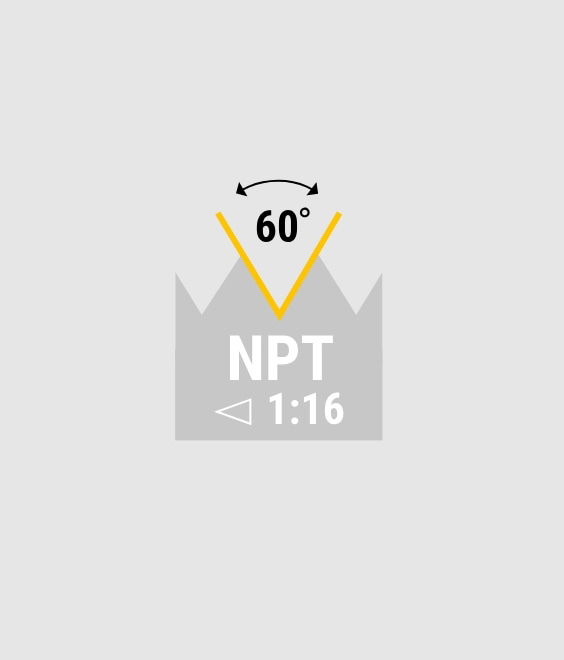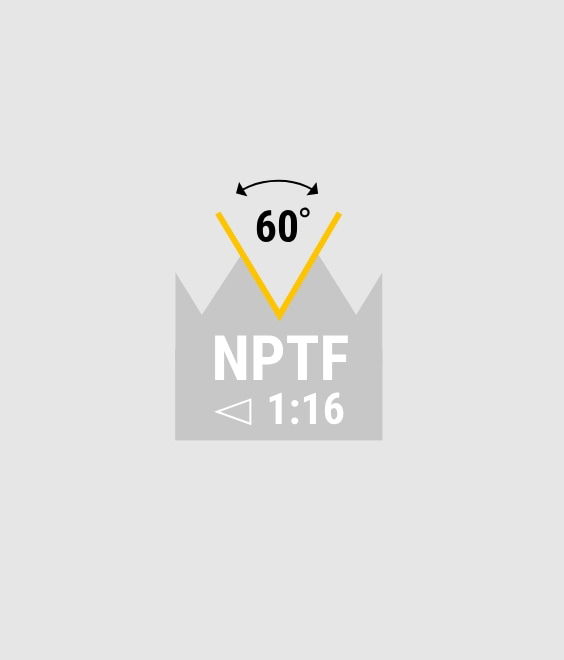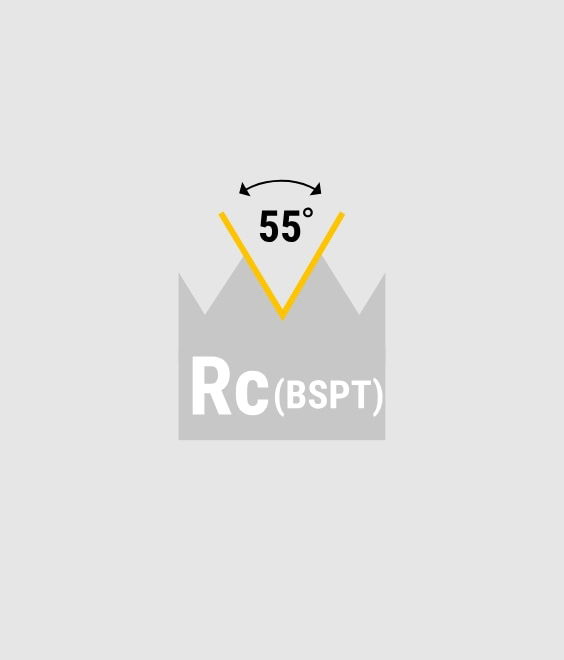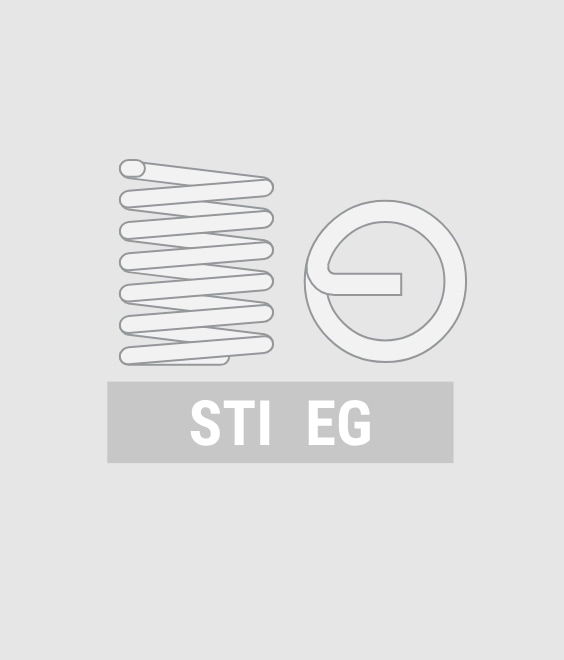-
Taps & Dies
-
Thread standards
- M - metric regular thread
- MF - metric fine thread
- G (BSP) - pipe thread
- UNC - American coarse thread
- UNF - American fine thread
- UNEF - amer. Extra fine thread
- UN - amer. with special pitch
- UNS - amer. with special pitch
- BSW - british coarse thread
- BSF - British fine thread
- Tr - trapezoidal thread
- Rd - knuckle thread
- NPT - amer. taper pipe thread
- NPTF - amer. taper pipe thread
- NPS - amer. cyl. pipe thread
- Rc (BSPT) - taper pipe thread
- Rp (BSPP) - cyl. pipe thread
- Vg - valve thread
- BA - brit. assn. Thread
- BSB - BSC - brit. std. thread
- W - taper gas cylinder valves
- Electrical and cable thread
- Bicycle and pedal thread
- Photo and C-Mount Thread
- Mini and nano threads (< 2mm)
- PG - steel conduit thread
- S - buttress thread
- RMS - microscope thread
- MJ, UNJC, UNJF - Aviation
- STI thread (thread inserts)
- Special thread
- Operating tools
- Lubricant
- Thread restoration tools
- Countersink
- Step drills
-
Thread gauges
- M - metric regular thread
- MF - metric fine thread
- G (BSP) - pipe thread
- UNC - American coarse thread
- UNF - American fine thread
- UNEF - amer. Extra fine thread
- Tr - trapezoidal thread
- NPT - amer. keg. pipe thread
- NPTF - amer. keg. pipe thread
- Rc (BSPT) - keg. pipe thread
- Rp (BSPP) - cyl. pipe thread
- PG - steel conduit thread
- STI thread (thread inserts)
-
Thread standards
- BaerCoil/BaerFix
- Drill chucks
- Twist drill bits
Thread gauges from BAER: Guaranteed standard-compliant threads
Toolfinder
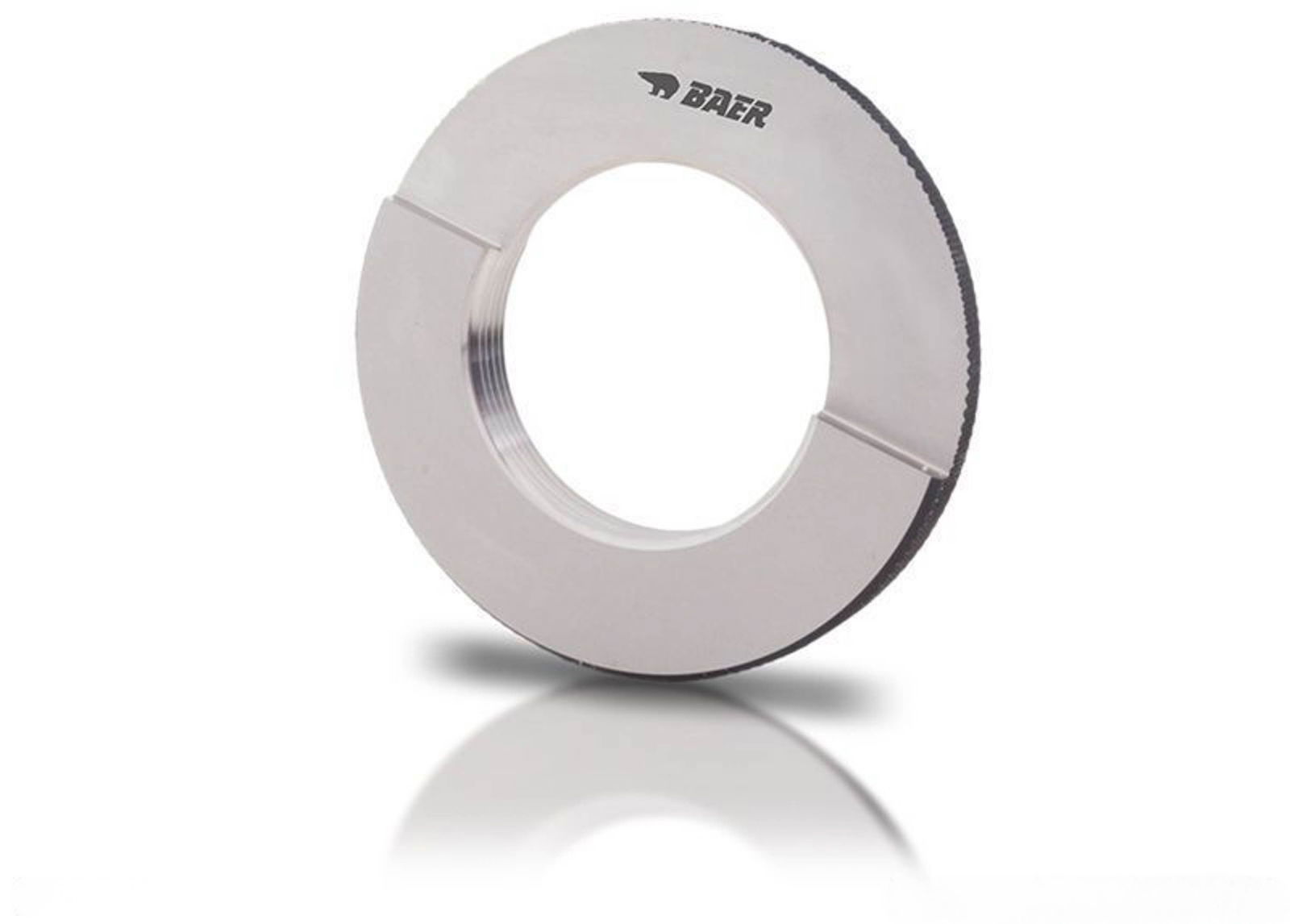
In stock
Express shipping available
Thread gauges
Even the highest-quality tap will eventually reach a point where it needs to be reground or replaced. If wear has progressed too far, the thread flanks are no longer formed precisely and compliance with standards can no longer be guaranteed. Regular use of a thread gauge helps ensure you do not miss this point. High-quality thread gauges for all common thread types are available in the BAER online shop.
Everything you need to know about thread gauges
Thread dimensions can of course also be determined using measuring instruments. However, these require a high level of care during use and can sometimes produce inaccurate results. Thread gauges are easy to use and provide a clear, unambiguous result directly. There is no need to interpret measured values or compare them with tables. In this way, thread gauges prevent measuring or reading errors and contribute to smooth workflows. For reliable results, simply ensure that the thread is free of dirt and lubricant and is at room temperature.
In addition to their ease of use, thread gauges offer another decisive advantage: legal certainty. They themselves are standardized according to DIN ISO 1502. No matter how often or how precisely you measure, in case of doubt the result obtained with a standardized thread gauge is decisive. You should therefore use these important inspection tools at least on a sample basis in daily operations and regularly verify measurements taken with other instruments using a thread gauge.
Thread plug gauges: Thread gauges for internal threads
Thread gauges for internal threads are referred to as plug gauges. A distinction is made between the GO plug gauge and the NO-GO plug gauge. For easier handling, both gauges for smaller threads under 40 mm are mounted on a common handle and combined under the designation “limit plug gauge”.
The GO plug gauge is used to check the functional size of the thread. This results from the interaction of dimensions that must be correct to allow a screw of the same thread standard to be screwed in smoothly later. The core diameter is not checked; this requires special plain gauges. The test procedure is simple: screw the plug gauge by hand and without excessive force completely into the thread. If this is possible, the test is passed.
Next comes the NO-GO plug gauge. It is marked with a red ring or labeled “NO GO”, making it easy to distinguish from the GO side on a limit plug gauge. The NO-GO plug gauge checks the pitch diameter and should only be able to be screwed in a maximum of two turns. If it can be screwed in further, the maximum permissible size has been exceeded and the thread is rejected.
Thread ring gauges: Thread gauges for external threads
Analogous to internal thread gauges, there are also two inspection gauges for external threads. The GO ring gauge allows you to check the functional size and screwability of the external thread. The root radius and major diameter are not checked. Like the corresponding GO plug gauge, the GO ring gauge should be able to be screwed onto the thread completely by hand without excessive force. If this is possible, the test result is positive.
The NO-GO ring gauge can be immediately distinguished from the GO ring gauge by a red marking. It is also screwed on with little force and must not be able to turn more than two thread turns. This can be checked when unscrewing the gauge again. If more than two turns are possible, the thread has not passed the test and is rejected.
Thread gauges – Our range
Thread gauges must be manufactured with absolute precision to ensure accurate inspection. In addition, frequent use exposes them to high levels of stress. Long service life therefore requires great care in production and the highest-quality raw materials.
If you are looking for reliable thread gauges, BAER is the right address. In addition to standard models for metric coarse threads, we also offer thread gauges for fine threads, inch threads used in American standards, and pipe threads. On request, we can calibrate your thread gauge in accordance with applicable inspection equipment monitoring guidelines and provide a corresponding certificate.
Discover thread gauges in many versions in the BAER online shop now!
Visit our online shop and explore our extensive range. Of course, you will also find all matching taps, dies and threading tools to go with the thread gauges. For more information about our products or for any other questions, please contact our customer service team by phone or via the contact form.
Do you have any questions? We have the answers!
You'll quickly find the right answers in our FAQ - take a look!

